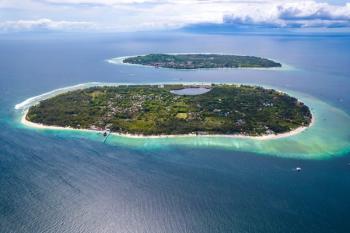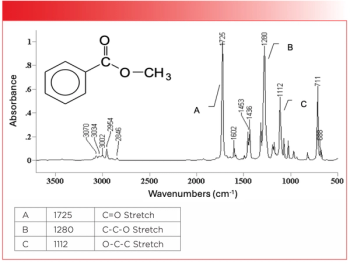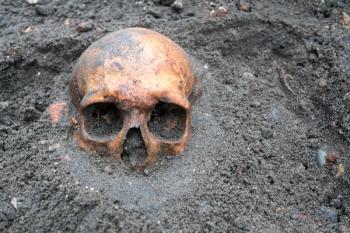
Optimizing SERS DNA Sensors: Impact of Sandwich-Type Construction and Plasmonic Metal Revealed
Researchers explore the impact of sandwich-type DNA construction and plasmonic metal on the signal generated by surface-enhanced Raman scattering (SERS) DNA sensors, giving insight on optimization strategies for improved detection.
Deoxyribonucleic acid (DNA) biosensors have been integral to revolutionizing gene mutation detection and pathogen identification. Among the various DNA detection techniques available, surface-enhanced Raman scattering (SERS) has emerged as a promising approach. In a recent study published in the Spectrochimica Acta Part A: Molecular and Biomolecular Spectroscopy, Andrzej Kudelski from the University of Warsaw and his team shed light on the critical factors influencing SERS DNA sensors (1).
The research focused on the impact of the plasmonic metal employed in the SERS substrate and the design of sandwich-type biosensors. The sandwich-type construction refers to the arrangement of the Raman reporter in close proximity to the DNA structure.
By systematically investigating the influence of distance factors on the SERS signal enhancement, the researchers uncovered several important findings. To start off, the study revealed that increasing the proximity between the Raman scatterer and the SERS-active surface did not always result in higher signal intensity, which is a bit of evidence that cuts against conventional wisdom. In fact, the measured Raman signal was more intense when the Raman reporter was placed further away from the plasmonic substrate.
SERS DNA sensors operate through the interaction of light with plasmonic metal nanostructures, such as gold or silver nanoparticles. These nanostructures generate intense electric fields called "hotspots" near the metal surface because of localized surface plasmons. DNA molecules immobilized on the metal substrate interact with these hotspots, amplifying the Raman scattering signal. Raman scattering occurs when incident light interacts with molecules, causing them to emit scattered light with unique spectral fingerprints. SERS DNA sensors utilize plasmonic metal nanostructures to enhance the Raman scattering signal, enabling sensitive detection and characterization of specific DNA sequences. This makes SERS DNA sensors valuable in genetic analysis, diagnostics, and molecular biology research.
The observed phenomenon is believed to be attributed to the diverse structures of the DNA sensors and the resulting variation in hybridization efficiency. It is hypothesized that steric hindrances play a significant role in modulating the hybridization process.
The team conducted a comprehensive analysis of different configurations and measured the corresponding SERS signal intensities. The results indicated that optimizing the positioning of the Raman reporter and mismatches within the sandwich-type DNA sensor is crucial for achieving optimal signal enhancement.
These findings contribute to a deeper understanding of the underlying mechanisms in SERS DNA sensors. They highlight the importance of carefully designing the construction strategy and considering the influence of the plasmonic metal employed in the SERS substrate.
Further exploration of these factors could potentially enhance the sensitivity and accuracy of SERS DNA sensors. The insights gained from this study may pave the way for improved DNA detection techniques, facilitating advancements in genetic research, diagnostics, and pathogen detection.
In summary, Andrzej Kudelski and his team at the University of Warsaw have elucidated the influence of the sandwich-type DNA construction strategy and plasmonic metal on the signal generated by SERS DNA sensors. Their findings underscore the importance of optimizing these factors to maximize the performance of SERS-based DNA detection platforms.
Reference
(1) Pyrak, E.; Kowalczyk, A.; Weyher, J. L.; Nowicka, A. M.; Kudelski, A.Influence of sandwich-type DNA construction strategy and plasmonic metal on signal. Spectrochimica Acta Part A: Mol. Biomol. Spectrosc. 2023, 295, 122606. DOI:
Newsletter
Get essential updates on the latest spectroscopy technologies, regulatory standards, and best practices—subscribe today to Spectroscopy.




